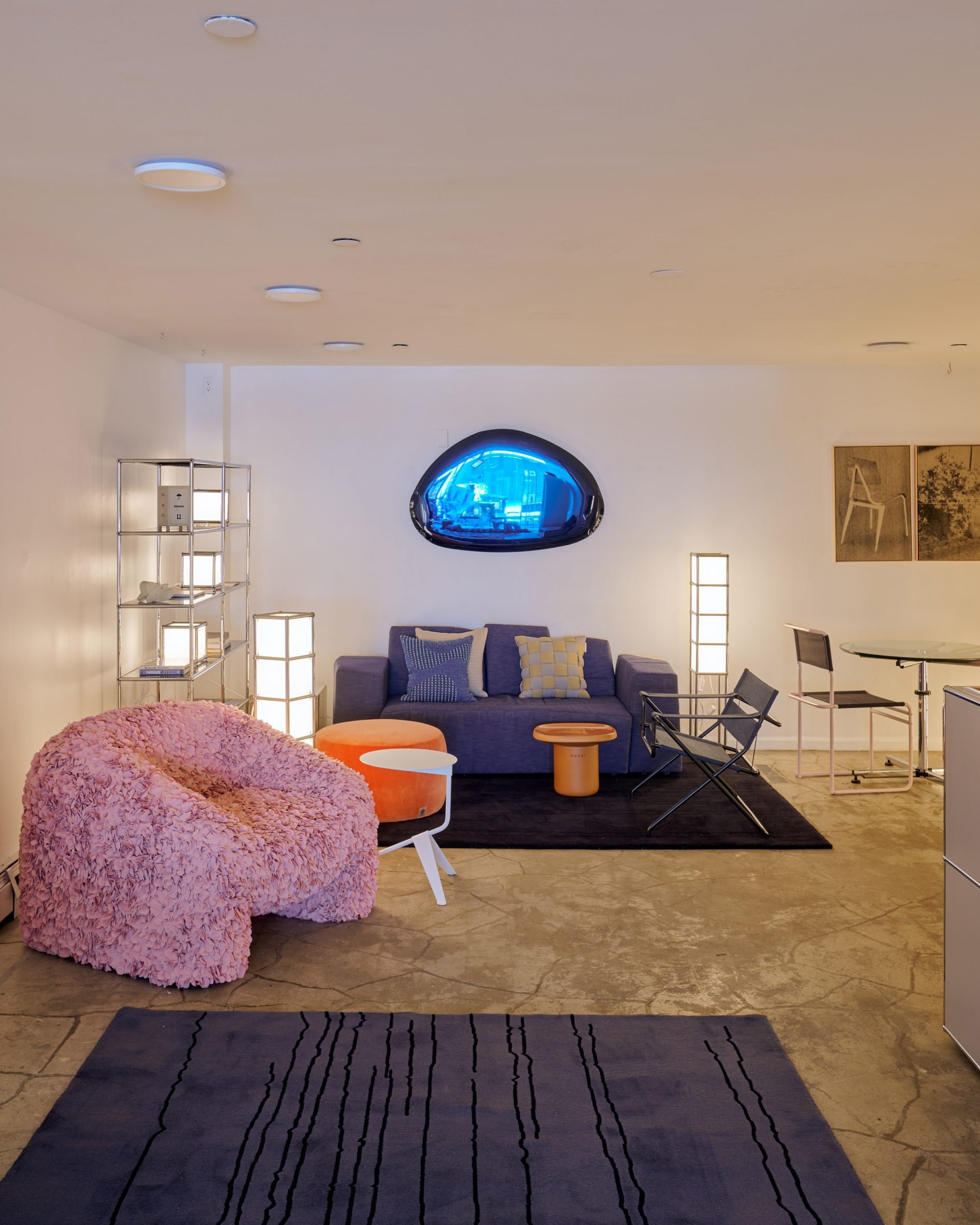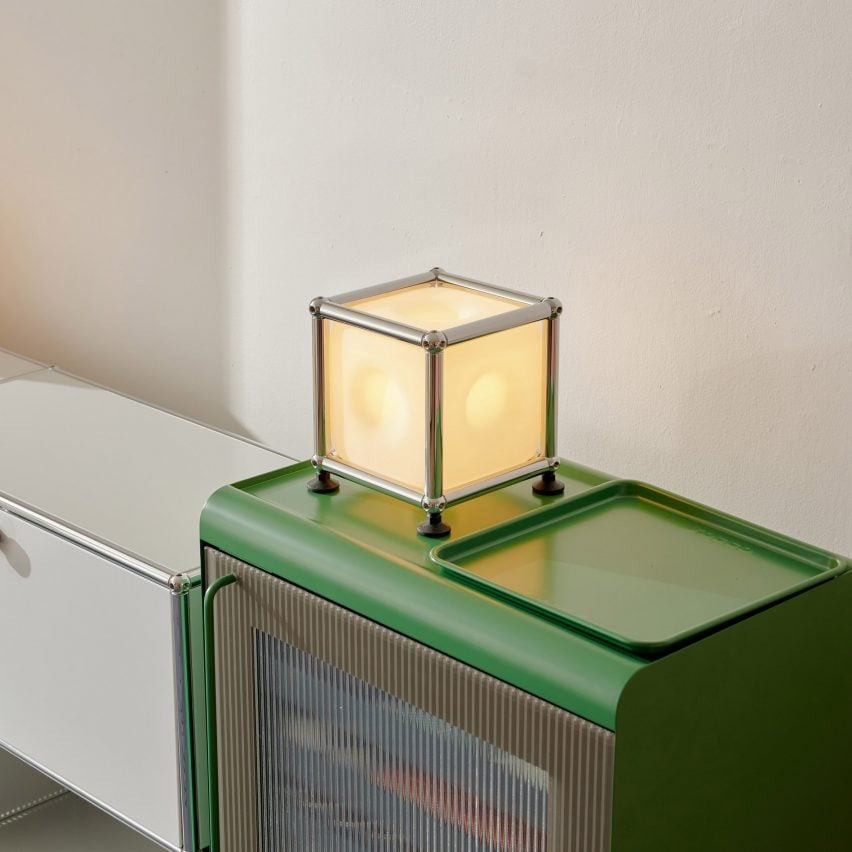Gantri, a California-based lighting manufacturer, has partnered with vintage furniture dealer Rarify to create a modular 3D-printed light system called the Cube One Table Lamp. The new product combines 3D-printed panels with metallic frame components from Swiss furniture studio USM Haller. The collaboration was showcased during NYCxDesign in Manhattan’s Lower East Side, with an installation directed by local designer Matt Pecina of Studio Guapo.

The modular nature of the Cube One allows users to stack or connect multiple units to create larger lighting fixtures such as floor lamps or chandeliers. “The lamp is built as an infinitely expandable modular system, capable of evolving into furniture, larger lamps, hanging fixtures, illuminated walls, or architecture-scale installations,” according to the project team. Various configurations were displayed at the exhibition, including a screen-like piece made of nine units and a small floor lamp composed of six interconnected cubes.
Sustainability features prominently in the design approach. Gantri manufactures the interior panels using a sugarcane-based plant polymer that is reportedly 100 percent biodegradable. The design allows for the 3D-printed components to be removed “after life,” leaving behind the USM frame for future use. “At the end of its long life cycle, the Gantri insert can be easily removed for sustainable disposal, while the USM components retain their value as intact and unmodified collectible pieces,” the team explained.

The product launch coincides with Gantri’s introduction of Gantri Made, a manufacturing service for lighting studios. This platform enables designers to submit their concepts through an online portal for 3D printing at Gantri’s California factory. The service utilizes a print-to-order approach that aims to reduce costs and material waste while making production more accessible to smaller design studios.
Additional lamps created through the Gantri Made manufacturing process were also on display at NYCxDesign. These included collaborations with design studios RAD, Haworth, and Prowl Studio. “This new release reflects the changing face of product engineering, emphasising made-to-order production, 3D printing with biodegradable materials, and the seamless integration of vintage and new,” noted the project team.
Photography is by Matthew Gordan.
Source: dezeen.com

